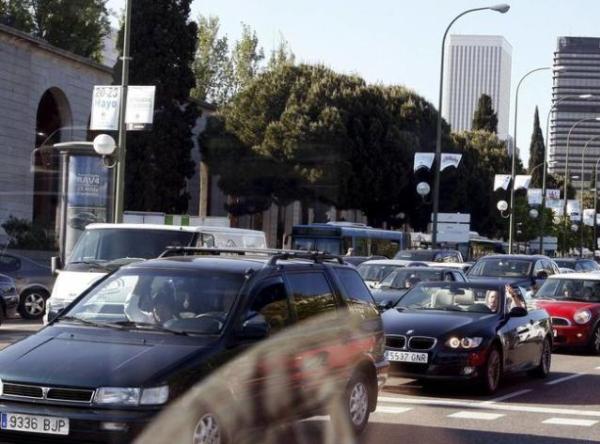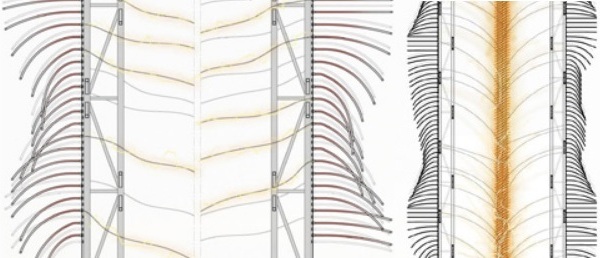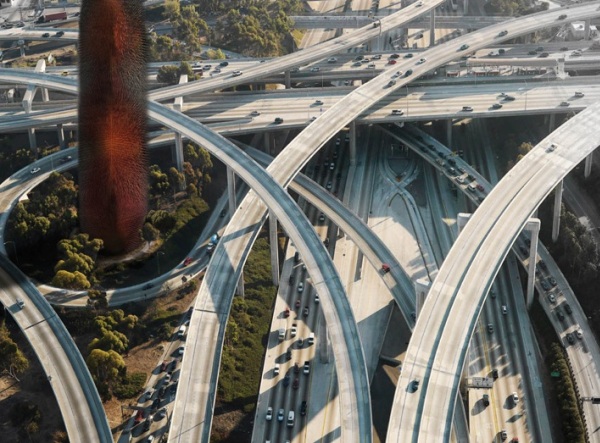Categories: Featured Articles » Interesting electrical news
Number of views: 5540
Comments on the article: 1
How the noise of a big city turns into electricity
A large modern city is always noise. And noise is one of the stress factors for any living thing. It is customary to defend oneself from city noise: we equip the walls of buildings with high-quality sound insulation, we make the windows of houses soundproof if possible. Needless to say, poor fellows living near airports and noisy freeways, for which the pecking of pedestrians' feet is like the rustling of autumn foliage, compared to their usual everyday acoustic background.
Meanwhile, screeching sirens, buzzing wheels, stomping pedestrians, noisy cranes at construction sites, carriages rattling wheels on rails - all this is not just enormous unbearable noise, it is, first of all, mechanical vibrations propagating through the air, which means it is wasted (and even to the detriment) kinetic energy, attributable simply to the so-called "noise pollution".

But is it possible to wrap these fluctuations not to the detriment, but to the benefit? It turns out that it is possible, and very effective. If this noise is correctly absorbed, then it will be possible to generate enough electricity from it, especially when it comes to a large metropolis. Skyscrapers like Soundscraper (the concept was proposed at the eVolo Skyscraper Competition) will be able to directly take these harmful vibrations from the air, absorb them, generating electricity.

According to the authors of the project, 84,000 electro-reactive “hairs”, like wool on top of the skin, can be located on the entire outer surface of the walls and roof of a skyscraper about 100 meters high. The hairs seem to grow from a skyscraper - outward, in the direction of city noise (noise sources are motorways, airports, railways, etc.).
A skyscraper covered with such hairs could work like a huge acoustoelectric generator, because each such hair has its own parametric converter with a variable frequency. About 240 of these hairs in height and about 350 around the perimeter - a total of 84,000 efficiently working converters per 100 meter tower.
So, the sound vibrations of the city (in fact, the kinetic energy of noise) swing the hairs, generating electricity, which is transmitted through the wires inside the building - down to the storage battery for subsequent use of energy by the city’s objects.
According to preliminary estimates, the developers generated by one such acoustic skyscraper will have enough electricity to meet 10% of the urban lighting needs of a city like Los Angeles, while the harmful carbon dioxide emissions from the generation process will be greatly reduced.
The electrical energy generated by the tower for a year would be approximately 150 MW-hours, which is equivalent to an average of 0.21 watts for one “hair” of the generating coating.

It is appropriate here to reflect on how many actually unused spaces are around motorways, airfields, railways, and other noisy objects of urban and suburban infrastructure.
Huge landscapes, in principle, can be equipped with such generating towers, the electricity from which would be supplied to the needs of the city or some other object. Each noisy freeway or plant could have an individual tower that turns noise into usable electrical energy.
At a minimum, the energy needs of the building itself, located in a noisy place, and equipped with vibrating, noise-absorbing “hairs” along the surfaces of the walls and roof, will be provided.
See also at i.electricianexp.com
:
